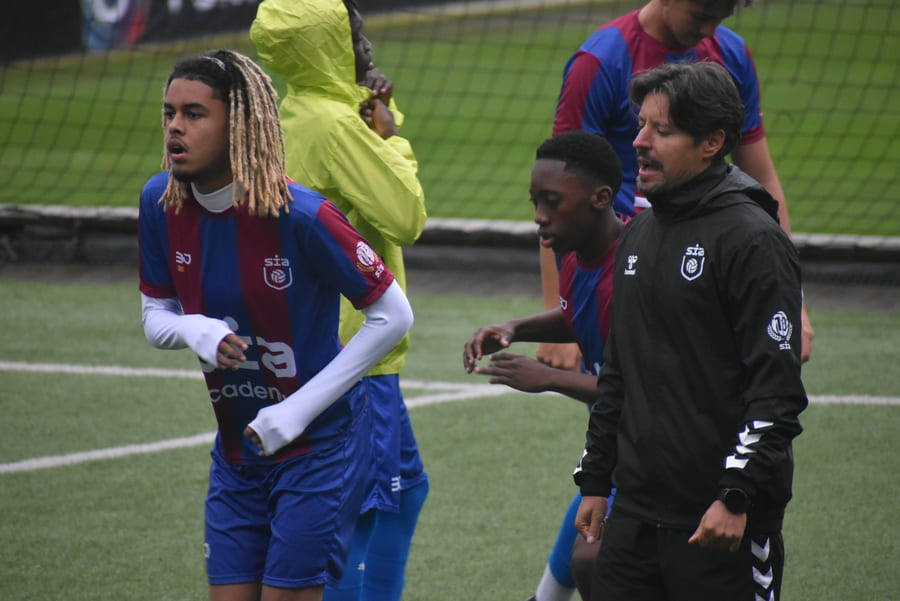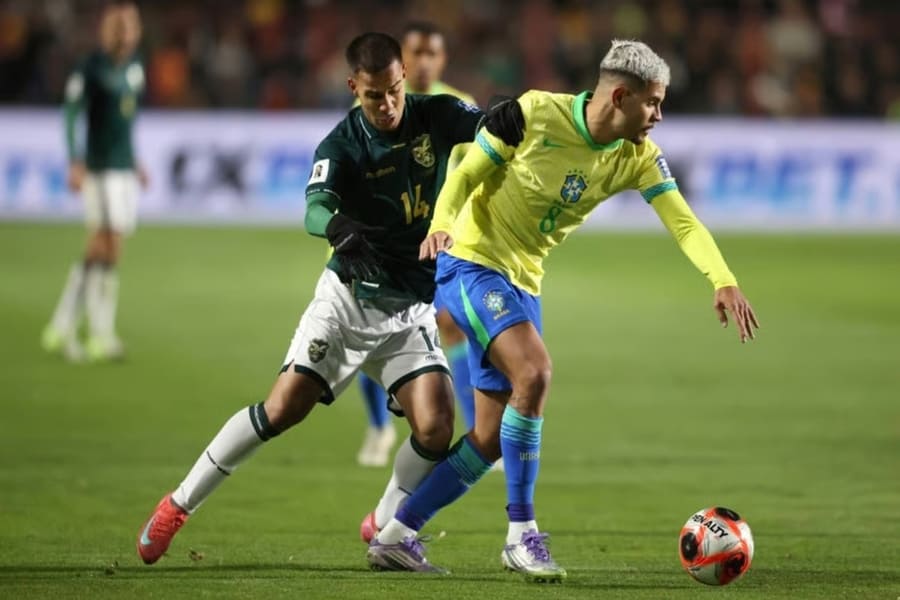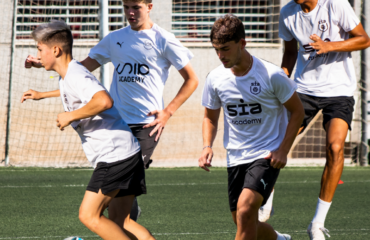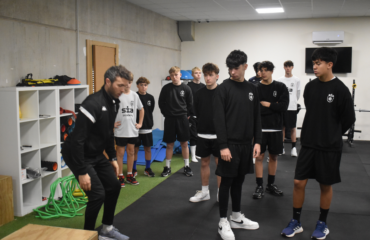Football is a sport conditioned by countless factors, but few influence performance, tactics, and match interpretation as strongly as the climate and the playing surface. From my experience at SIA Academy, I’ve learned that understanding these elements is not merely a matter of physical preparation but an essential tactical tool. Our players understand that every match demands reading the context and making decisions aligned with it, because strategy never operates in a vacuum: it always unfolds within an environment defined by the climate, the surface, and the dynamics of the game.
Throughout this article we explore how the climate affects individual and collective performance, how the playing surface shapes decision-making, and how at our academy we work to turn that analysis into competitive advantage. And, as a single illustrative example, we will look at how these variables operate in the Estadio Municipal de El Alto, located in the city of El Alto in Bolivia, a venue famous for its altitude and tactical demands.
Table of contents
How the climate shapes tempo, speed and strategic choices
The climate directly influences the intensity of the game. Heat increases fatigue, reduces recovery, and forces more controlled rhythms; cold stiffens the muscles and speeds up the ball; wind alters trajectories that would normally be predictable. At SIA Academy, we adapt each training session to the climate so that players learn to manage their energy, decide when to press, when to keep possession, and how to adjust their decision-making based on their physical sensations.
When working in intense heat, we reinforce the importance of intelligent possession, reducing unnecessary efforts and carefully choosing the right moments to attack. When the climate is cold and dry, we prioritise speed in dribbling, vertical passing and quick reading of ball bounces, which tend to be more unpredictable. Wind, another climate-related factor, forces adjustments in striking technique, body orientation and defensive clearances that might otherwise become dangerous.
As Alain, one of our academy coaches, often reminds us: “The modern footballer doesn’t only read the opponent; he also reads everything around him.”

A specific example: Estadio Municipal de El Alto (Bolivia)
In one section of our training methodology, we use the Estadio Municipal de El Alto as a real example. Located in the city of El Alto, Bolivia, at more than 4,000 metres above sea level, the climate there is cold, dry and marked by high altitude. This combination drastically alters effort management and ball behaviour. Reduced oxygen levels accelerate fatigue and make sustained pressing much harder, forcing teams to reorganise their tactical structure: more compact lines, measured transitions and intelligent use of space to avoid excessive running.
The interplay between altitude and climate also affects ball flight, often allowing it to travel farther with less force. This is why we teach our players to anticipate, to control the tempo and to judge when to speed up the play and when to pause. A setting like this demonstrates why understanding the climate is as decisive as mastering any tactical system.
The playing surface as a tactical factor
The playing surface —its hardness, humidity and type of grass— is directly related to the climate and can change how a team must behave. A dry, hard pitch favours a quicker bounce, demands tighter ball control and encourages a more direct style. A soft, wet pitch slows the ball and calls for shorter passes and a more compact structure.
At SIA Academy, we train on different surfaces so that players learn to detect which actions are most effective in each environment. This helps them develop concepts such as:
- Adjusting line spacing according to the ball speed influenced by the climate.
- Decision-making in dribbling when the bounce is irregular or excessively fast.
- Using diagonal passes when the surface enables fluid circulation.
- Modifying defensive behaviour when the pitch, hardened by the climate, accelerates the opponent’s transitions.
This comprehensive approach ensures that players not only execute actions but also understand why and when they should execute them.

Adaptation, environmental awareness and competitive mindset
For us, adapting to the climate is not only a physical exercise but also a mental one. Discomfort, cold, heat or wind can affect concentration, and the ability to maintain tactical clarity under adverse conditions is something we train intensively.
In our sessions, we encourage players to think under contextual pressure: to identify which pass is safest according to the climate, when a run might be effective if the wind helps or hinders the ball, or when a slower tempo is wiser to conserve energy. Tactical intelligence grows from this ongoing reading of the environment and the capacity to integrate what the climate and the surface communicate in every action.
The climate and the playing surface should not be considered unavoidable obstacles but strategic tools that can define a match. At SIA Academy, we train players to analyse, interpret and take advantage of these variables to make better tactical decisions.
Understanding how the climate influences the game, how the ball behaves on different surfaces and how to manage effort according to the environment turns a footballer into a more complete and adaptable competitor. In modern football, the advantage doesn’t always lie in running more, but in understanding the context better — and that context, to a large extent, is shaped by the climate.






